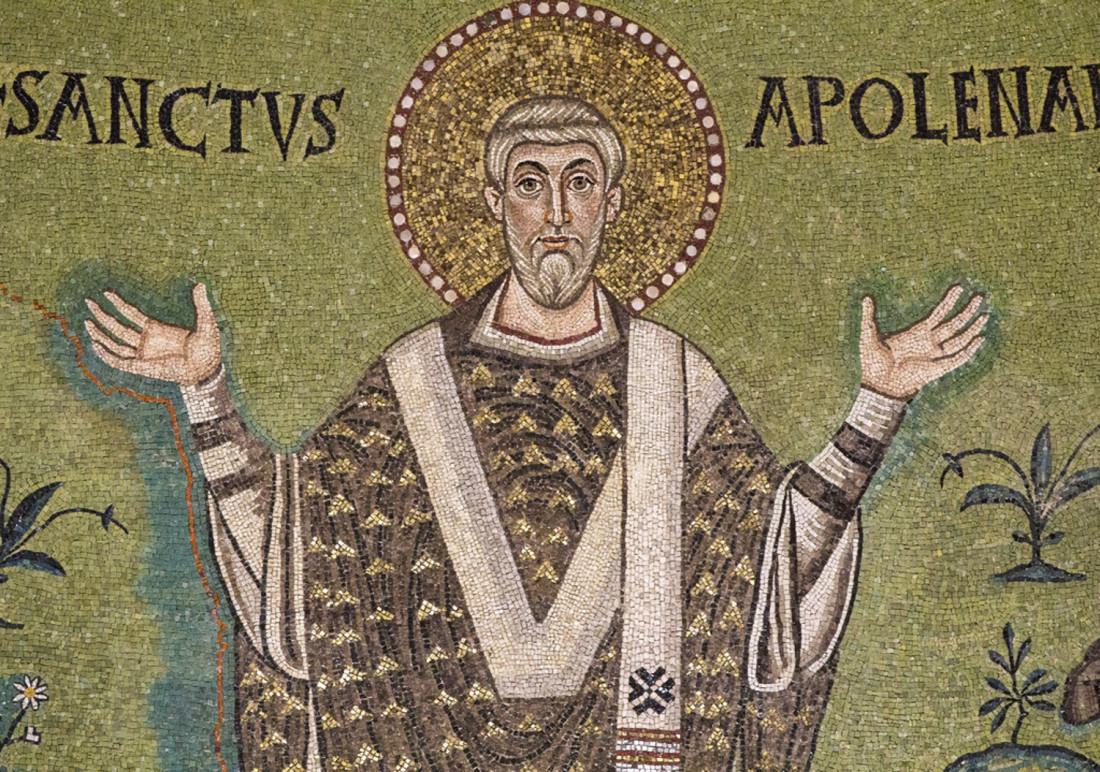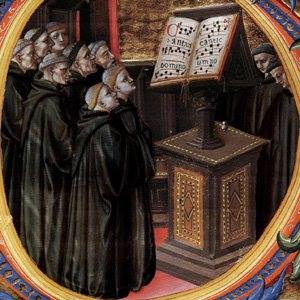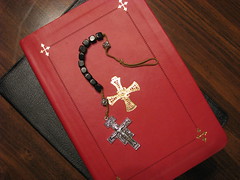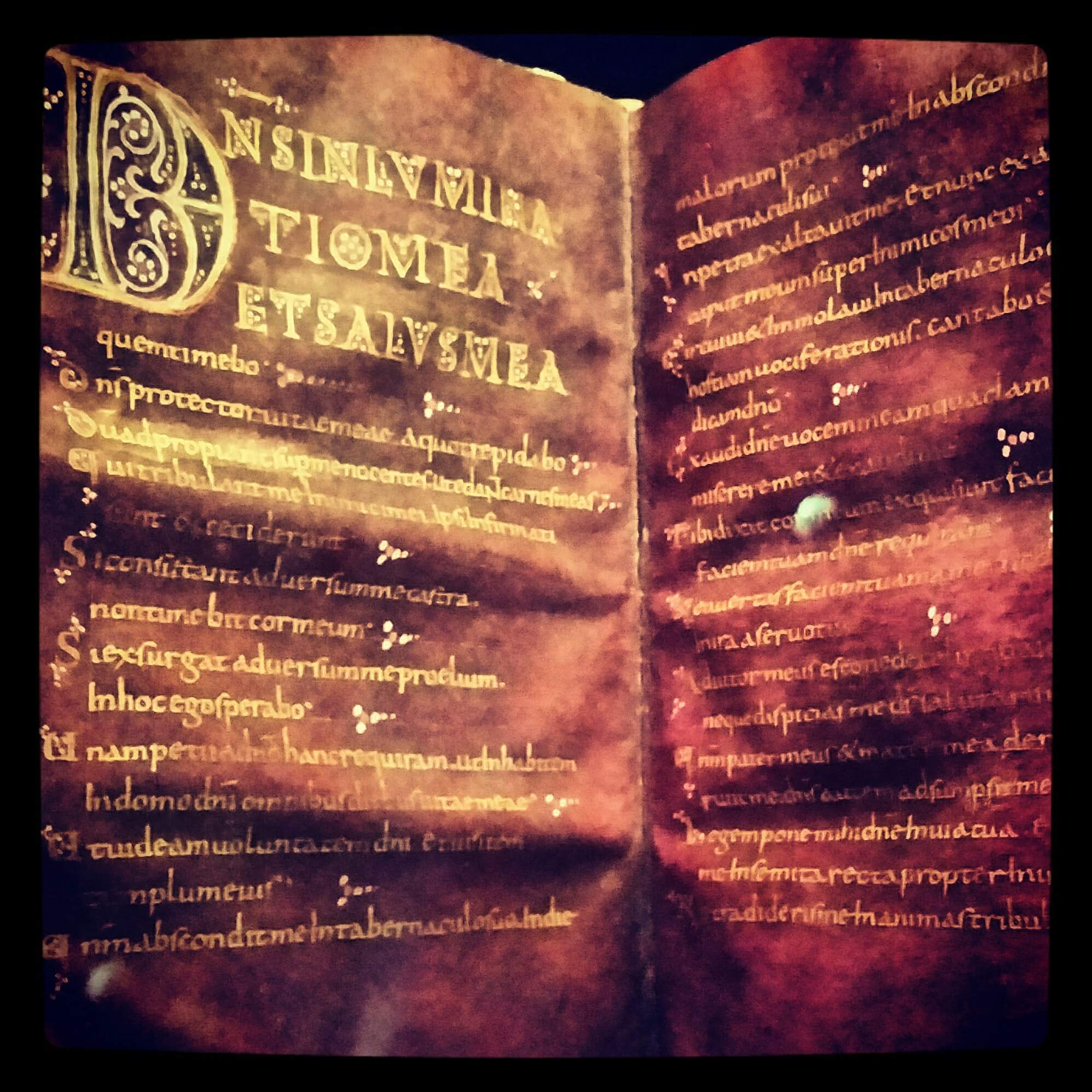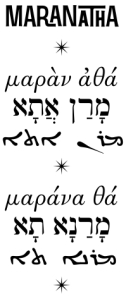The collect (stress on the first syllable: KOL-
The structure of collects are widely discussed and well known — being
- invocation, e.g. Almighty God
- divine attribute (qui–clause), e.g. unto whom all hearts be open, all desires known, and from whom no secrets are hid
- petition, e.g. cleanse the thoughts of our hearts by the inspiration of thy Holy Spirit
- consequence (ut-clause), e.g. that we may perfectly love thee, and worthily magnify thy holy name
- doxology, e.g. through Christ our Lord
The major division of the collect is between clauses 1–2 and 3–4, often marked with a semicolon. In collects for saints, the second clause says something about the saint in question rather than describing a divine attribute. Rather wonderfully, this shows the holy life as a glimpse of divine revelation. Most collects address God the Father, and so the doxology (which is often not written out in full) declares that our prayer is made through (per) Christ (or ‘the same’ Christ if he is mentioned in the body of the collect), and may add the unity of the Holy Spirit too.
Some have remarked that the quality of the collect is frame for our petitionary prayer which should flow from an understanding of God’s nature. It is a snapshot of how lex orandi models lex credendi, or, put another way, how doctrine should feed into our spiritual life.
At the
The Catholic Church developed a series of other collect-like presidential prayers: the prayer over the gifts and the post-communion prayer. Common Worship has fully embraced post-communion prayers, gathering them with the collects proper, and it suggests some ‘prayers at the preparation of the table’ that cover some elements of the traditional offertory prayers.
In daily prayer, the collect comes at the end of the intercession. In the Book of Common Prayer, three collects (or four during Advent and Lent) follow the preces toward the formal conclusion of matins and evensong. Common Worship has followed the modern practice of retaining just one collect where a series of such had previously been used. However, its structural framework means that an unchanging ‘opening prayer’ is also used.
Let us pray, and its praxis
Modern liturgical sensibility around the collect can be summarised
- The bidding ‘Let us pray’ (oremus) is important
- The use of silence between bidding and collect is important
- The collect should be prayed deliberately: it is important
- The congregational ‘Amen’ is important
It has taken fifteen years of ministry for me to begin to internalise and practise this. It is not as simple as it sounds. I might bid ‘Let us pray’, but it was as if I were saying ‘I shall now read a prayer out of the book’. There is still the problem that some hear those words as a direction to get on their knees, but there are some relics of an instruction
The silence proved a problem too. How long should it be? If it were too long, people would fidget, or think that I had forgotten the book of collects. The fundamental problem with my praxis was that is was superficial, skin-deep. The bidding, even if it be the simple ‘Let us pray’, should convey a call to deep, heartfelt prayer. As Romans 8.26–27 has it
Likewise the Spirit helps us in our weakness; for we do not know how to pray as we ought, but that very Spirit intercedes with sighs too deep for words. And God, who searches the heart, knows what is the mind of the Spirit, because the Spirit intercedes for the saints according to the will of God.
Romans 8.26–27
If the bidding can convey the merest sense of those verses, then the silence just works. The bidding then is not an introduction to the collect, but to the silence. The collect then is a voicing of an aspect of the heartfelt silent prayer. A good trigger that works for me is a simple bidding like ‘Let us pray deeply’ or ‘From the depths of our hearts, let us pray’. Words alone are not enough; as a priest I need to model this deep prayer. I must not be looking at the book or looking around, but I must pray with bowed head. Whether the silence is ten or twenty seconds, or more, does not matter, as quantity of silence is replaced by quality. In a church full of people who want to be led in prayer, this works well. However, at weddings, funerals and baptisms, among those who may not be regular churchgoers, and who may not be focused mainly on spiritual things, the collect becomes transformative. There is a witty saying when people see me in a cassock — ‘Say one for me’ — and this is ‘Say one with me: it’s deep within you, and you want to pray’.
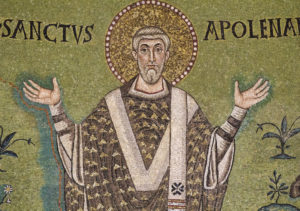
The celebrant faces the people squarely during all this in modern rites. Hands are folded for the bidding and silence. The arms are raised to the orans position for praying the collect. At the doxology, the hands are folded once more. The orans position is somewhat Y-shaped. The hands are raised upward, but no higher than the shoulder. The expansion of the gesture should be determined by whatever looks natural (not too tight and Tridentine, not too large and theatrical) and by the space (it can be larger at a high altar, smaller in

